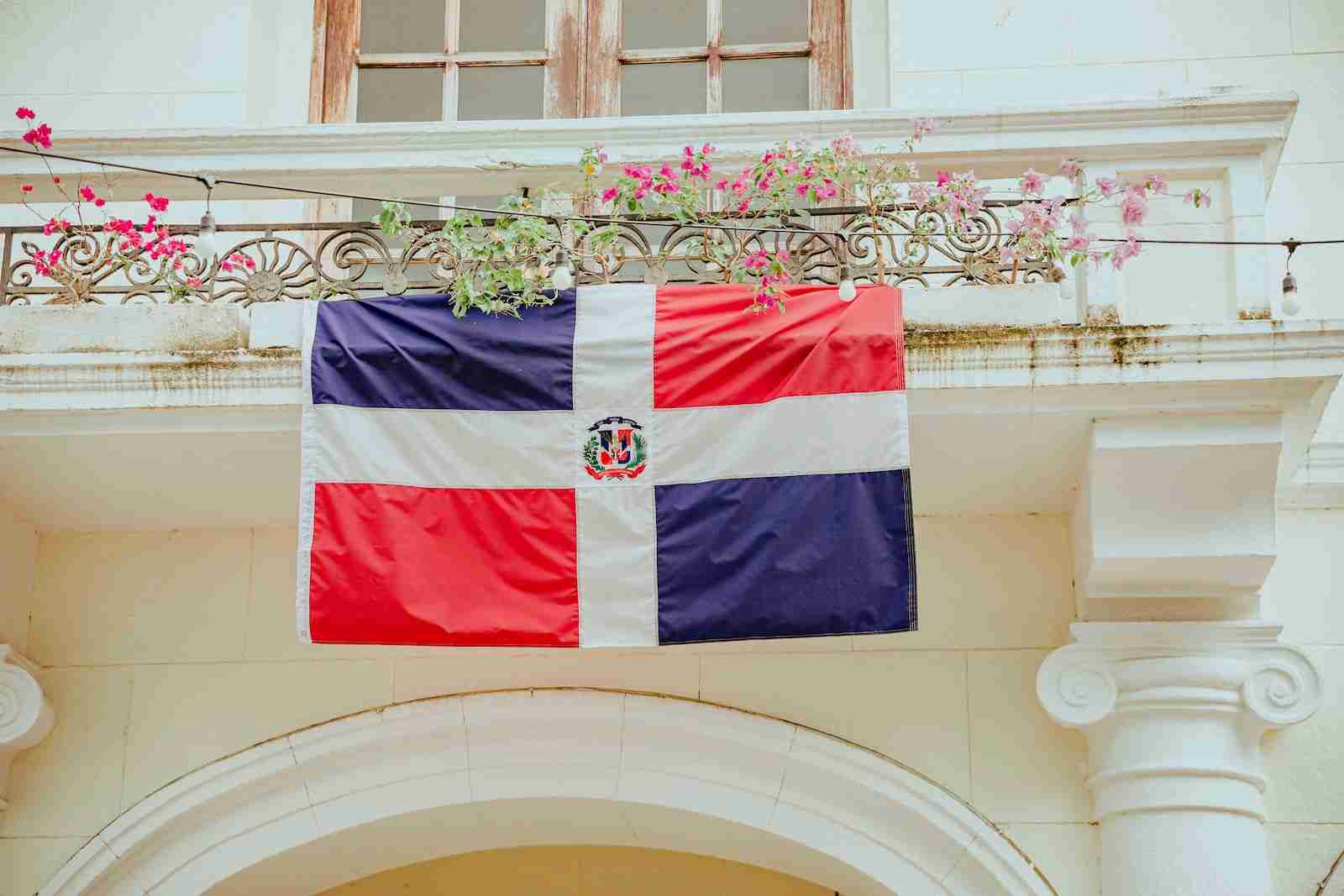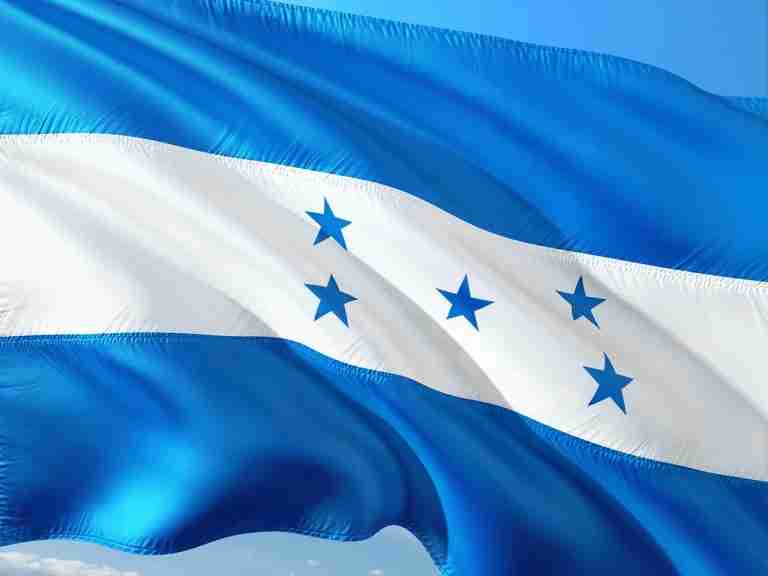27 Fun Facts About Dominican Republic: Gateway to Paradise
1. The Dominican Republic, located on the island of Hispaniola, shares its border with Haiti.
You’re about to discover a gem nestled in the heart of the Caribbean. Yes, I’m talking about the Dominican Republic. This extraordinary country is not an island by itself. It shares the beautiful island of Hispaniola with its neighbor, Haiti.
A blend of cultures, stunning landscapes, and a rich history await you here, right in the Dominican Republic.
2. Dominican Republic is the second-largest Caribbean nation by area after Cuba, at 18,792 square miles.
The Dominican Republic, the Caribbean’s second-largest nation after Cuba, spans a staggering 18,792 square miles. With a population of about 11 million people, it offers diverse landscapes, from the highest peak in the Caribbean, Pico Duarte, to Lake Enriquillo, the largest saltwater lake in the Antilles.
This vastness encapsulates bustling cities like Santo Domingo and tranquil, secluded beaches.
3. official language of the Dominican Republic is Spanish.
Spanish is not just the official language of the Dominican Republic it’s the heartbeat of its vibrant culture.
As of 2023, it’s the mother tongue of nearly 9 million Dominicans, binding the nation in a common thread of communication and tradition.
4. Merengue music and dance originated in the Dominican Republic.

One of the fun facts about Dominican Republic is that Merengue, the pulsating rhythm that originated in the Dominican Republic, is much more than music and dance it’s an embodiment of national identity. This captivating art form, with its fast tempo and spirited movements, truly encapsulates the vibrant and energetic spirit of the country.
Recognized by UNESCO as an intangible cultural heritage, Merengue is traditionally accompanied by a three-piece band, including an accordion, a two-sided drum, and a guiro scraper.
5. The Dominican Republic is a top Caribbean tourist destination.
When it comes to the top Caribbean tourist destinations, the Dominican Republic stands out in the crowd. It’s an alluring blend of tropical beauty, cultural richness, and historical depth that attracts millions of visitors annually.
The appeal is multidimensional – stunning beaches, incredible biodiversity, warm locals, and a wide range of recreational activities. From relaxing on the white sands of Punta Cana to hiking in the Cordillera Central mountains, there’s an adventure for everyone in this Caribbean gem.
6. Santo Domingo, the capital of Dominican Republic, is the oldest inhabited European settlement in the Americas.
The capital city of the Dominican Republic, Santo Domingo, is a history enthusiast’s dream. Established by Bartholomew Columbus in 1496, it carries the significant title of the oldest continuously inhabited European settlement in the Americas.
It’s a living, breathing museum, offering a fascinating glimpse into the colonial past and the meeting of the Old and New Worlds.
7. The Bayahibe Rose, a cactus flower, is the national flower of the Dominican Republic.
Bayahibe Rose, the national flower of the Dominican Republic, is more than just a pretty bloom, which is one of the fun facts about Dominican Republic. This rare cactus flower, known scientifically as Pereskia quisqueyana, is native to the area of Bayahibe.
Despite its vulnerability due to habitat loss, it continues to thrive in its native region, symbolizing the resilience and beauty of the Dominican Republic. This flower declared national flora in 2011, is a vibrant part of the country’s natural heritage.
8. The Dominican Republic contributes many players to Major League Baseball.

The Dominican Republic shines brightly, especially in Major League Baseball (MLB). The country is known for its rich contribution of top-tier players to the league. It’s an inspiring testament to the nation’s passion for the sport and the extraordinary talent fostered here.
The diamonds scattered across the Dominican Republic have become launching pads for numerous MLB careers, adding an exciting dimension to the country’s international reputation.
9. Pico Duarte in the Dominican Republic is the highest peak in the Caribbean.
Standing tall at a lofty 10,125 feet, Pico Duarte is the crowning glory of the Dominican Republic. It holds the title of the highest peak in the Caribbean, dominating the island’s landscape and offering an adventurous challenge for mountain lovers.
This majestic mountain is not just a geographical marvel, but also an integral part of the nation’s natural beauty.
10. The Dominican Republic was a colony of Spain until 1844.
The Dominican Republic’s rich history is deeply intertwined with Spain, its colonizer until 1844. For over three centuries, Spanish influence left indelible imprints on the nation’s culture, language, and traditions.
The year 1844 marked a turning point when the country declared its independence, shaping a path toward its distinct Dominican identity, which is one of the fun facts about Dominican Republic.
11. The Dominican Republic’s flag has a bible in its center.
Uniquely, the Dominican Republic’s flag prominently features a bible at its center, a testament to the nation’s deep-rooted faith and values. This powerful symbol, nestled between two crossed spears, stands for truth, liberty, and God’s guiding word.
This shows the country’s history, the moral compass of its people, and the rich tapestry of traditions that makes the Dominican Republic special.
12. The Dominican Republic is famous for exporting products like sugar, coffee, tobacco, cigars, and organic bananas.
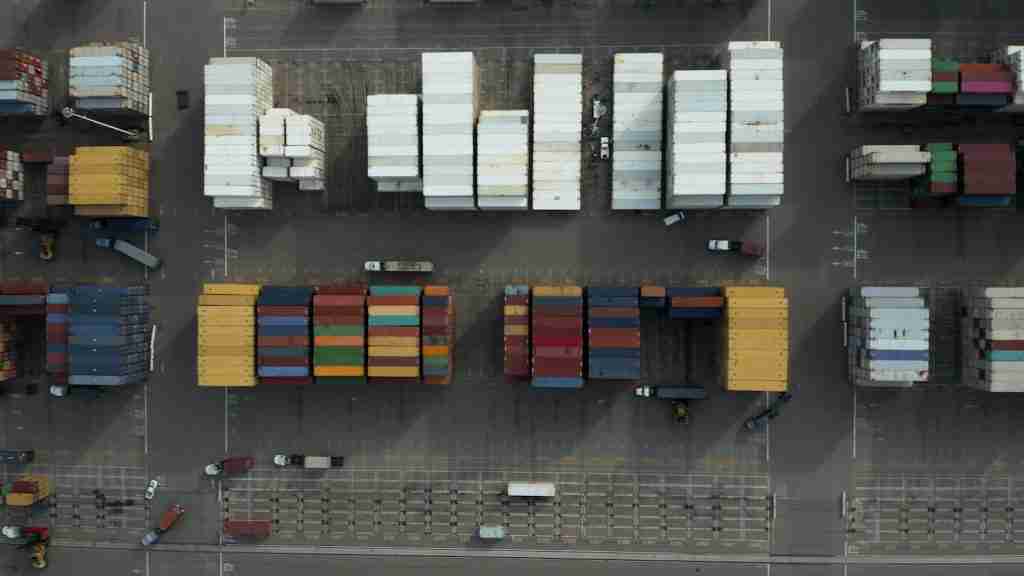
When it comes to the export sector, the Dominican Republic is a major player. The nation has carved a significant niche in the global market with its renowned exports like sugar, coffee, tobacco, cigars, and organic bananas.
These products, cultivated with love and care in the fertile Dominican soil, are not just commodities for trade they represent the industrious spirit of the Dominican people and contribute significantly to the country’s economy, which is one of the fun facts about Dominican Republic.
13. The Dominican Republic has a diverse ecosystem, from mountains to deserts.
The Dominican Republic’s natural landscape is an enthralling tapestry of biodiversity. From the towering heights of Pico Duarte to the arid expanses of Enriquillo Valley, the country offers an ecological kaleidoscope.
It’s a place where lush rainforests coexist with subtropical dry forests, mangroves, and coral reefs. This natural diversity makes the Dominican Republic a haven for nature lovers and underscores its commitment to conserving Mother Earth’s wonders.
14. The Dominican Republic’s literacy rate is around 92%, one of the highest in the region.
With an impressive literacy rate of about 92%, the Dominican Republic stands as a beacon of educational progress in the Caribbean region. This achievement is not just a statistic it represents millions of stories of learning, opportunities, and personal growth.
Every child learning to read, every adult pursuing education, strengthens the fabric of the nation, making it a country that values knowledge, promotes intellectual growth, and champions equal opportunities.
15. Dominican Republic’s national bird is the Palmchat.
The Dominican Republic’s national bird, the Palmchat, is a distinctive emblem of the island’s unique biodiversity.
Found nowhere else in the world, this bird, known scientifically as Dulus dominicus, exemplifies the distinctiveness of the country’s wildlife.
16. The Dominican Republic is home to the oldest cathedral in the Americas, the Cathedral of Santa María la Menor.
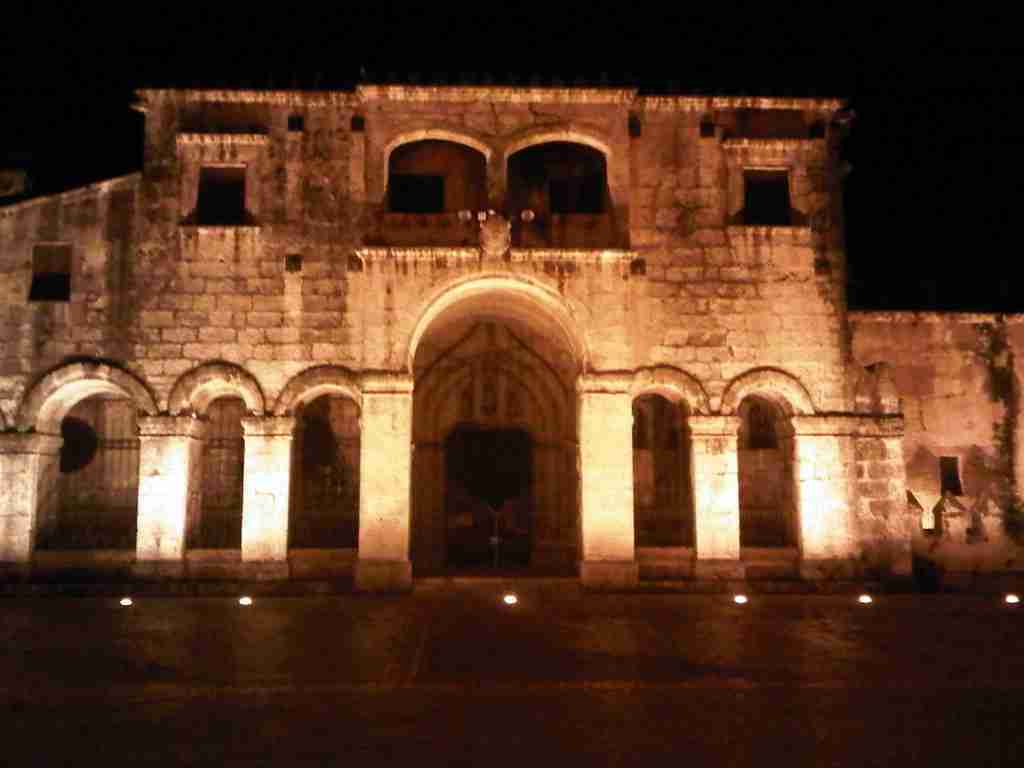
Nestled in the heart of Santo Domingo, the Dominican Republic, stands the Cathedral of Santa María la Menor, an unparalleled historical gem. Constructed between 1521 and 1541, it’s recognized as the oldest cathedral in the Americas.
This architectural marvel, with its blend of Gothic and Baroque styles, draws thousands of visitors each year, symbolizing the rich historical and cultural legacy of the Dominican Republic.
17. Roman Catholicism is the dominant religion in the Dominican Republic.
In the Dominican Republic, Roman Catholicism is not merely a religion, but a thread intricately woven into the fabric of the nation’s identity. Approximately 70% of the population identifies as Roman Catholics, according to a Pew Research Center survey.
This influence is seen in the country’s festivals, architecture, and social customs. The church’s role extends beyond spiritual guidance, contributing significantly to education and social services, reflecting the deep-rooted faith of the Dominican people.
18. The Dominican Republic’s cuisine is a blend of Spanish, African, and Taíno influences.
Dominican Republic’s cuisine is a flavorful journey through its rich cultural history. It presents a delicious fusion of Spanish, African, and Taíno culinary influences, which is one of the fun facts about Dominican Republic.
Whether it’s the traditional dish of La Bandera (rice, beans, and meat) enjoyed daily, or the root vegetables and fresh seafood, each dish tells a story of cultural exchange and evolution.
19. The Dominican Republic’s coastline is over 800 miles long.
The Dominican Republic is a paradise for beach lovers, boasting over 800 miles of stunning coastline and more than 1,000 miles of pristine sandy beaches.
Whether it’s the crystal-clear waters of Punta Cana or the hidden gems along the Samaná Peninsula, each mile adds to the country’s charm.
These beaches, kissed by the Caribbean sun, offer the perfect backdrop for relaxation, water sports, or simply appreciating the breathtaking beauty of the Dominican Republic.
20. The Dominican Republic uses the Dominican Peso as its currency.
The Dominican Peso symbolized as RD$, is the official currency of the Dominican Republic. As of late 2023, the exchange rate floats around 60 pesos to 1 US dollar, though it can fluctuate based on international markets.
This rate gives insight into the economic interactions between the Dominican Republic and the world, especially its major trade partners like the United States.
21. Christopher Columbus landed in the Dominican Republic on his first voyage in 1492.
The Dominican Republic holds a unique place in history as the landing site of Christopher Columbus’s first voyage on October 12, 1492. Upon setting foot on its soil, Columbus ushered in a new era of exploration and interaction between the Old and New Worlds.
This event marked the beginning of the Spanish colonization in the Americas, leaving a profound impact on the region’s culture, history, and demographics.
22. The Dominican Republic was once ruled by a dictator, Rafael Trujillo, for 31 years.
One of the fun facts about Dominican Republic is that from 1930 to 1961, the Dominican Republic lived under the iron-fisted rule of dictator Rafael Trujillo. His 31-year reign, marked by censorship, human rights abuses, and absolute power, has left an indelible mark on the nation’s history.
Despite the dark times, the resilience of the Dominican people shone through, and the end of Trujillo’s regime in 1961 marked a new era of progress and democracy for the Dominican Republic.
23. The Dominican Republic’s climate is tropical and maritime, with little seasonal temperature variation.
The Dominican Republic basks in a tropical maritime climate, which ensures warm, sunny weather throughout the year. With little seasonal temperature variation, average temperatures hover between 77°F (25°C) and 88°F (31°C), perfect for beach getaways at any time.
This year-round summer-like climate, punctuated occasionally by tropical storms during the wet season, not only shapes the country’s rich biodiversity but also makes it an attractive destination for tourists seeking sun, sea, and sand.
24. The Dominican Republic has a population of approximately 11 million people.
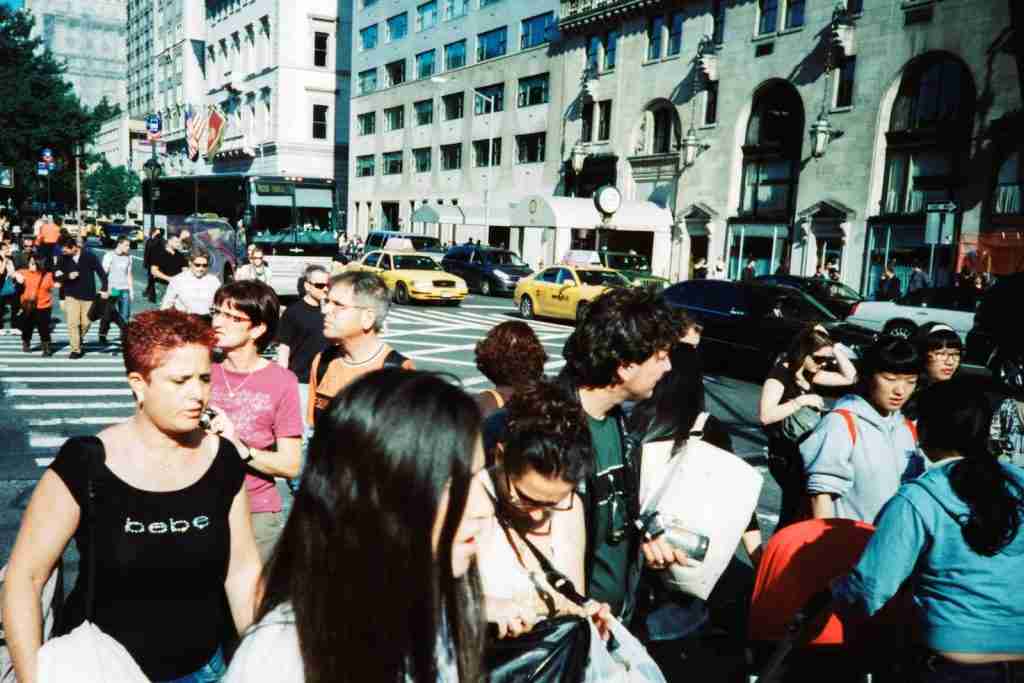
With an estimated population of around 11 million people, the Dominican Republic is one of the more populous nations in the Caribbean.
This vibrant melting pot of cultures, from the indigenous Taíno people to European, African, and more recent international influences, makes for a diverse and dynamic populace.
25. The Dominican Republic is divided into 31 provinces.
The Dominican Republic, showcasing its multifaceted character, is neatly divided into 31 provinces. Each holds its charm, with the Distrito Nacional hosting Santo Domingo, the oldest city in the New World.
La Altagracia boasts the stunning beaches of Punta Cana, while Puerto Plata is renowned for its beach resorts and historic Fort San Felipe. Samaná offers breathtaking natural beauty and whale watching, and La Romana is home to Casa de Campo, a world-class golf resort.
26. The Dominican Republic is one of the 10 largest gold producers globally.
As a beacon of mineral wealth, the Dominican Republic glimmers like a gold nugget in the vast Caribbean Sea.
Making its mark as one of the top 10 gold producers worldwide, its treasure trove includes the Pueblo Viejo mine, a gold vein pulsating at the heart of the nation’s economy.
Just like golden threads in a cloth, this industry ties together jobs, foreign money, and a steady economy in the Dominican Republic.
27. The Dominican Republic is considered an upper-income developing country.
The Dominican Republic, with its growing economy, is classified as an upper-middle-income developing country. As of 2021, the country’s Gross Domestic Product (GDP) was approximately $88.94 billion, a figure reflecting its robust economic activities.
On a per capita basis, the income was around $8,408. This shows that while the Dominican Republic still has developing aspects, it’s making significant strides in improving its economic status, which is one of the fun facts about Dominican Republic.
FAQs
Dominican food is a fusion of African, Taino, and Spanish cuisine. It includes La Bandera (rice, beans, meat), Sancocho (hearty stew), fried plantains, and various seafood dishes. It’s highly influenced by the country’s tropical location, which is one of the fun facts about Dominican Republic.
The Dominican Republic’s flag has a white cross dividing it into four rectangles – two blue (top and bottom) and two red (sides). In the center, there’s a coat of arms featuring a shield with a Bible, a cross, and arrows. The blue represents liberty, the white symbolizes salvation, and the red stands for the blood of heroes.
Dominica and the Dominican Republic are two separate countries. Dominica, officially the Commonwealth of Dominica, is an island country in the Lesser Antilles region of the Caribbean Sea. It’s famous for its natural parks and hot springs. On the other hand, the Dominican Republic is located on the island of Hispaniola, which it shares with another nation, Haiti. It’s the second-largest country in the Caribbean by area and is known for its historic sites, beautiful beaches, and merengue music.
The Dominican Republic passport allows visa-free or visa-on-arrival access to around 64 countries and territories which is one of the fun facts about Dominican Republic. The number of countries can vary over time due to diplomatic agreements. In 2019, the Dominican Republic welcomed approximately 6.4 million tourists, but exact figures may change yearly and due to circumstances like the COVID-19 pandemic.
The Dominican Republic is a single country, located on the island of Hispaniola in the Caribbean Sea. It shares this island with another sovereign state, Haiti. Therefore, there are two countries on the island of Hispaniola, but only one, the Dominican Republic. The Dominican Republic is divided into 32 provinces, including Santo Domingo (where the capital city is located), La Altagracia (known for Punta Cana), Santiago (home to the second-largest city), and Puerto Plata (famous for resorts and beaches).

